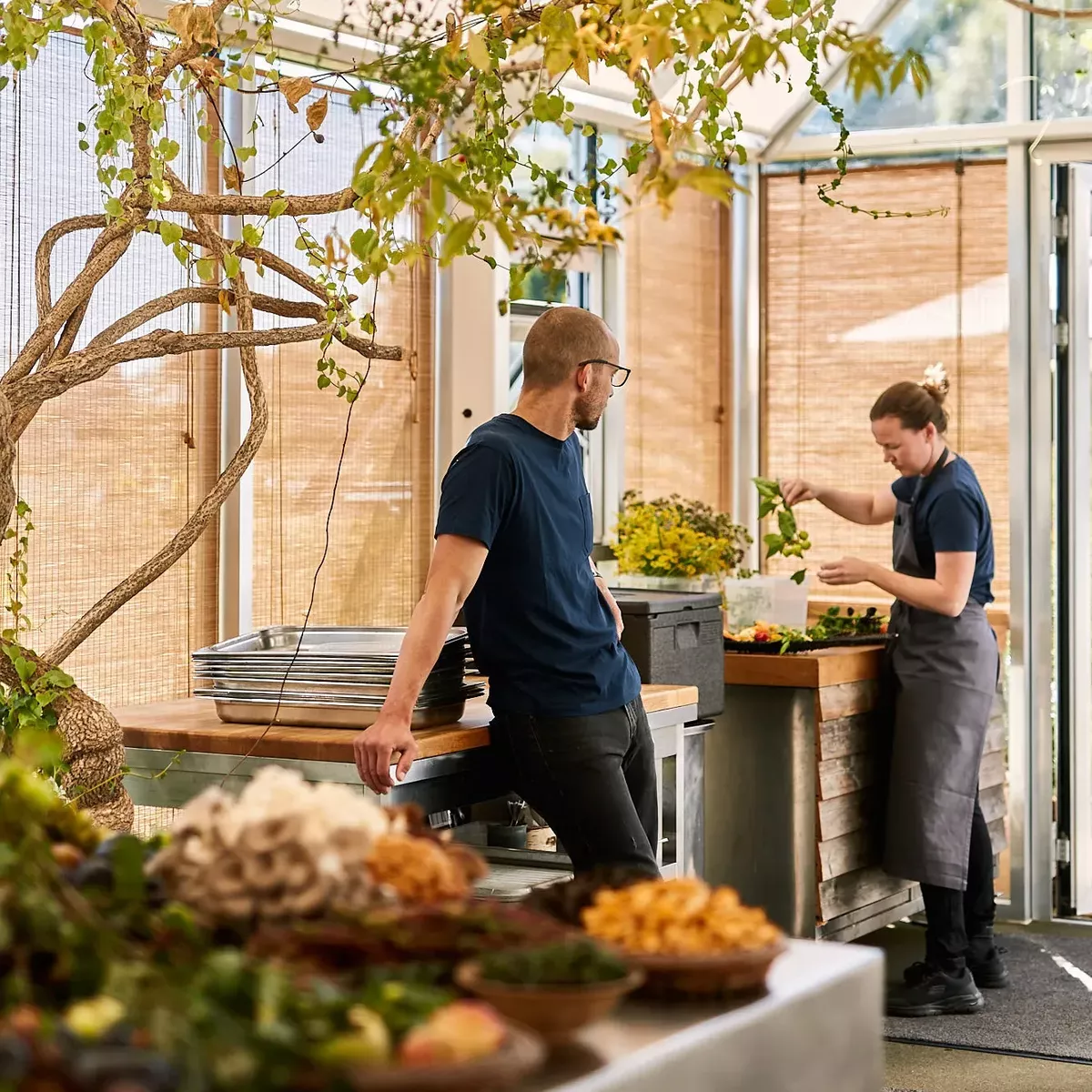Noma, as we know it, will soon be closing. Instead, to support the restaurant’s future endeavours, the new Nordic beacon is now relying on a series of flavours from a taste library spanning 20 years of forward-thinking and fermentations. We step inside Noma Projects for a peek at what's to come
The current merchandise and insignia for Noma Projects is a David Shrigley drawing of a tongue licking a frog. “Try new things” the card reads.
Trying new things certainly holds true for Noma, the world’s most influential restaurant in the last 20 years. During those years, Noma has served up both reindeer penises, duck brains, and the sex organs of sea cucumbers. Now, with ‘Noma Projects’ – a series of fermented sauces, garums, and vinegars, the culinary institution aims to step out of the restaurant realm and into the home kitchens of its guests.
“When you think about all the fermented stuffs, vinegars, and misos that have come out of the fermentation lab and the test kitchen, it amounts to so many flavours and so much work,” says Mette Søberg. She’s the head of the Noma test kitchen, responsible for delivering innovations for new Noma menus – and now also responsible for developing flavours that can come out of a bottle in the home of consumers. Condiments that draw on the most significant tastes and culinary jedi tricks developed by the restaurant over the last 20 years, says Mette Søberg.
“We have a whole library of flavours here, and we’ve used maybe 10 percent of them on the menus. It’s a shame to waste all that work by just letting them sit there,” says Søberg, who has been with Noma since 2013.
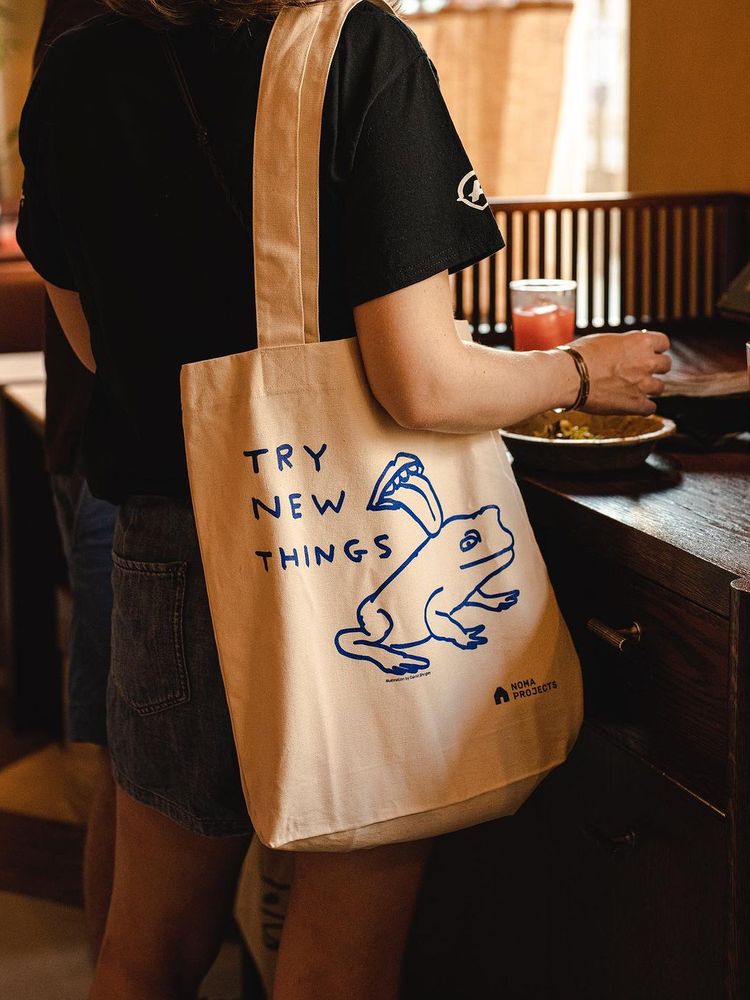
Photo: @nomaprojects
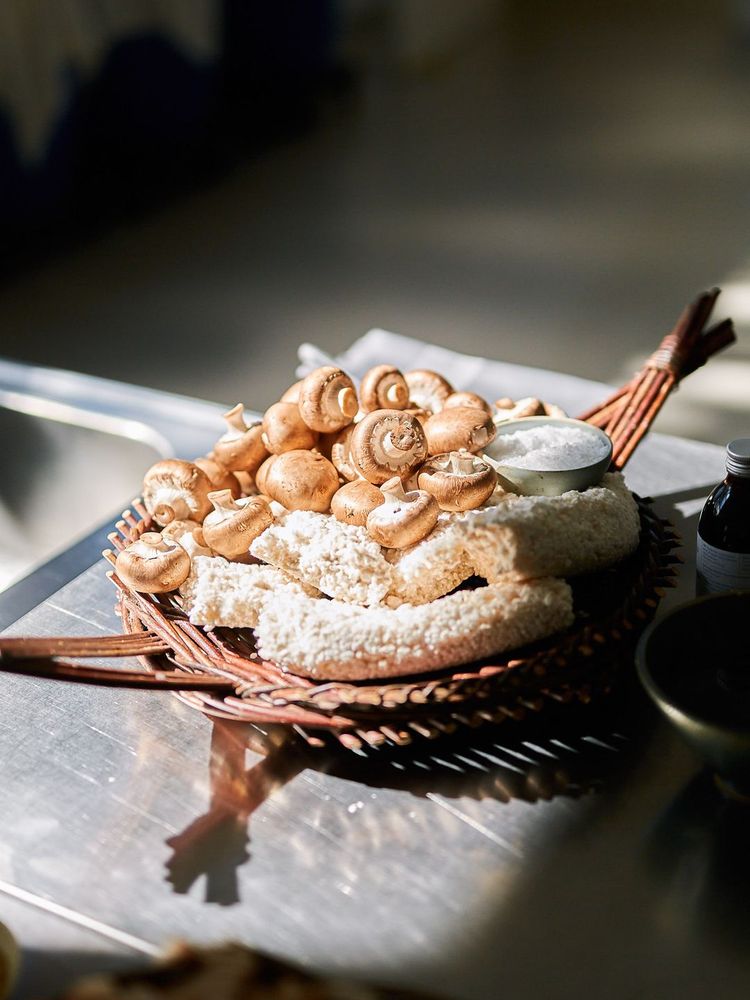
Photo: @nomaprojects
Earlier this year, Noma mastermind René Redzepi dropped a bomb on the culinary community when he announced that Noma would be closing for regular service at the end of 2024. “We have to completely rethink the industry,” he told the New York Times. “This is simply too hard, and we have to work in a different way.” Noma Projects is part of that rethinking process.
We have a whole library of flavours here, and we’ve used maybe 10 percent of them on the menus. It’s a shame to waste all that work by just letting them sit there.
Mette Søberg, head of Noma Projects' test kitchen
So, while Noma is running at full speed towards the closing date, just a stone’s throw away, at Copenhagen’s now partly urbanised industrial area of Refshaleøen, Noma Projects is ramping up production of condiments for home use.They are built on signature Noma flavours like wild roses, elderflowers, blackcurrant wood, and pine. Like the so-called ‘Forager’s Vinaigrette’ that’s made with a combination of aromatic blackcurrant oil and wild rose vinegar. “For me, that is the taste of Noma. I almost don’t want to use it at home, because it reminds me too much of work,” Søberg says, laughingly.
And new there’s new ones too. To demonstrate, Søberg gets up and returns with one of the newer innovations. It looks like a piece of petrified wood that has been sitting in a bog forever. Turns out it is a pumpkin. But it has been dried and cold-smoked for two-months, and it’s a technique that the Noma team picked up from a fourth- generation Japanese craftsman that helped forge a vegetarian version of the Japanese ‘katsuobushi’. That’s dried and smoked tuna used especially for flavouring dashi – a Japanese soup base that’s essential in ramen and miso soup, staples of Japanese cuisine. The result is a product with an intense umami and smokiness.
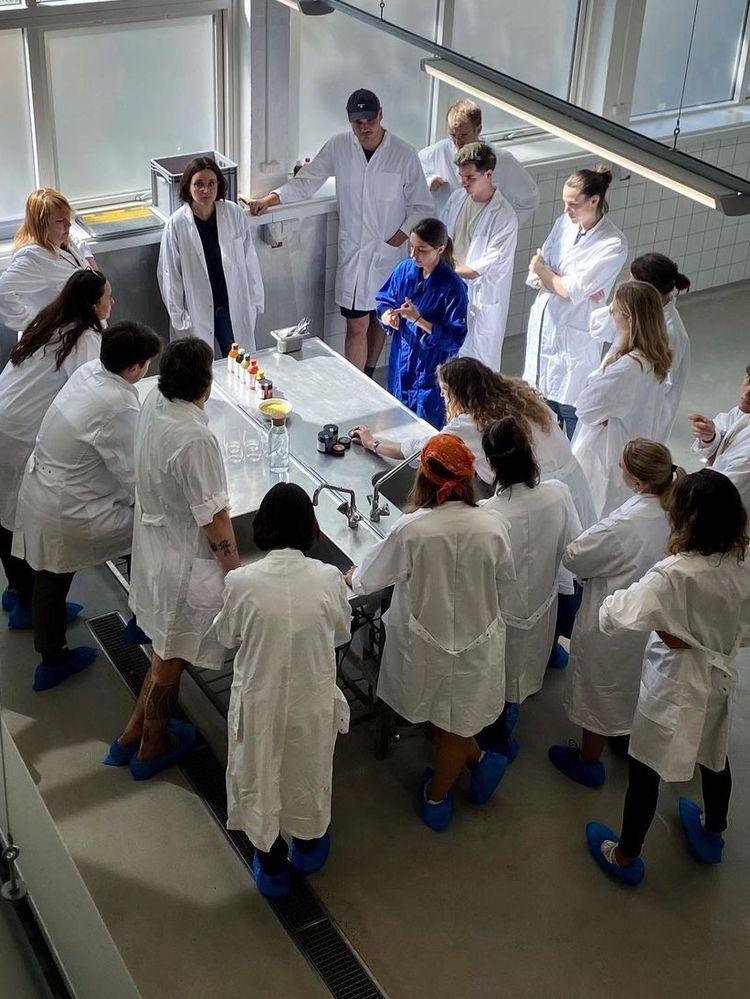
Photo: @nomaprojects
“It’s a taste that you cannot get anywhere else” says Søberg, who used the ‘pumpkinbushi’ on the Noma Game & Forest menu which featured a silky walnut tofu with shaved, fresh walnuts and a vinaigrette flavoured with shavings of the smoked pumpkin. Now, the pumpkinbushi is also lending its sweet smokiness to Noma Projects’ ‘Vegan XO Sauce’.
“What’s important for us is that the products have a quality that’s good enough for them to be used at Noma. Not something second-rate,” says Søberg, who also put a reindeer tongue on Noma’s latest Game & Forest menu. The tongues came with herbed béarnaise with oxidised wine and a Noma Projects' vinegar made with Stauning whisky from the Danish West coast.
Going from producing on a restaurant scale to an industrial scale is crazy. So, the question was ‘how much can we make and still maintain control of the quality’?
Annika de Las Heras, COO of Noma Projects
Over at the Noma Projects facility, COO Annika de Las Heras says that one of the main challenges so far has been narrowing down what to make – and how much. “Going from producing on a restaurant scale to an industrial scale is crazy. So, the question was ‘how much can we make and still maintain control of the quality’?”
In 2021, they began with 80 different candidates for the first product, before settling on a smoked mushroom garum, released in 2022. “Narrowing those flavours down to something that is the flavour of Noma was difficult. And we didn’t want to make something too complicated, so the products would end up sitting inthe cupboards of consumers,” says de Las Heras.
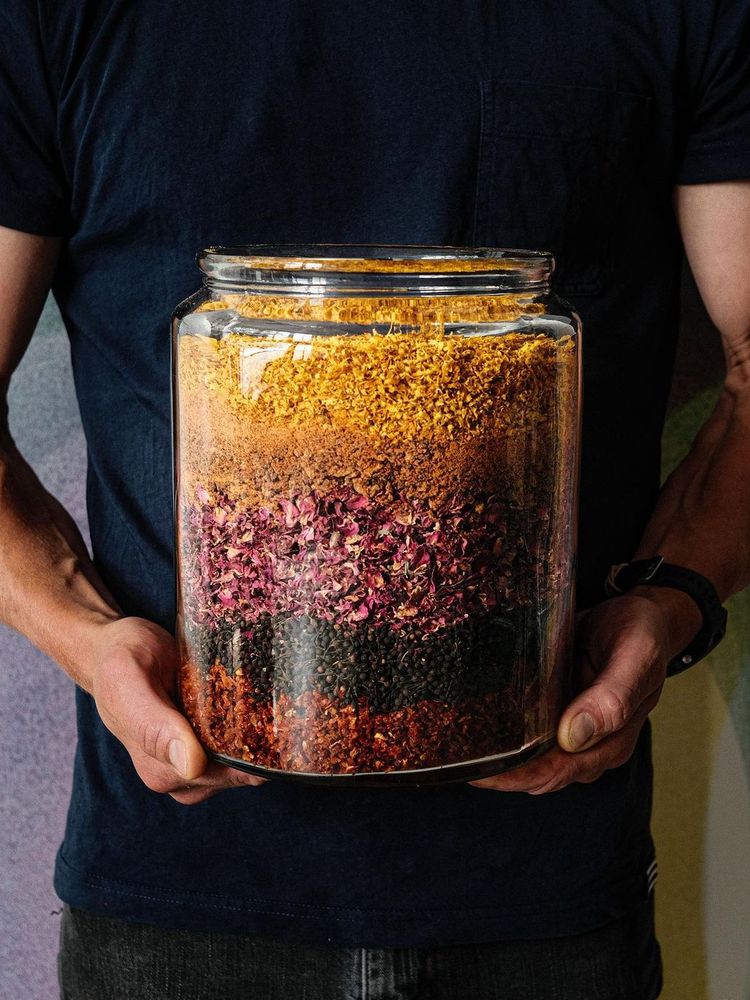
Photo: @nomaprojects

Photo: @nomaprojects
The goal is that the production at Noma Projects can help provide a financial foundation for the restaurant’s future endeavours. But for starters, the first few products were only produced in a few thousand units. However, the current facility allows for a much larger production in the future.
Two years on, there are now eight products in the Projects series. And so far, interest in them has been overwhelming. The first product – the mushroom garum, is still the top seller, along with the ‘Dashi RDX’ a reduced and very concentrated dashi, says Cristina Megías, production manager at Noma Projects.
For her next production moves, she’s using Noma Projects’ members club Taste Buds for feedback. Perks of the 645 USD annual membership include shipments of test samples of new product ideas. But the members certainly don’t approve of everything, says Megías, who proceeds to offer a taste of fermented garlic candies dusted with dried blackcurrant powder.
That’s one of the products that didn’t fly. But who knows, maybe it will later. No one ever really knows what kind of frog Noma will be licking next.
